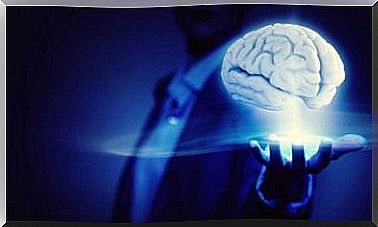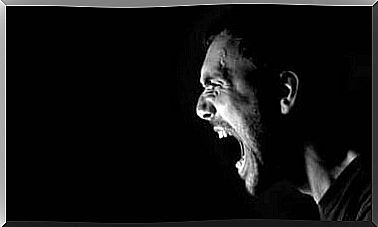Clock Test To Diagnose Mental Disorders
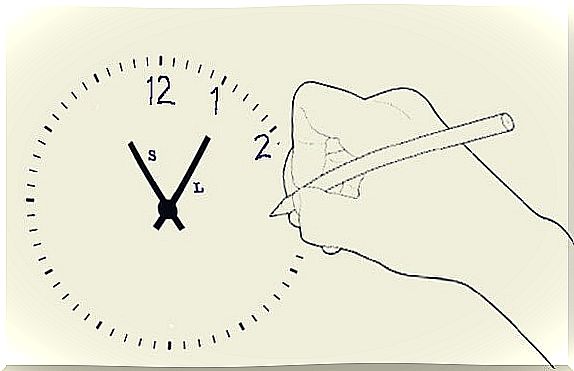
The clock test is a very simple test for diagnosing a mental disorder. Its purpose is to evaluate the cognitive deterioration of the subject and to be able to diagnose any neurological and psychiatric disorders. Since it was first made in 1953, it has become one of the common tests for early detection of Alzheimer’s or other dementias.
It is more than likely that, to date, if we say that this test is based “only” on asking the patient to design a clock whose hands indicate 11.10, more than one person can doubt its validity and diagnostic efficacy. However, we must take into consideration some practical aspects on which this (apparently) simple proof is based.
First, it is necessary to understand the order given: “draw a clock that indicates this hour”. Subsequently, the person will have to plan, pay attention to his motor execution, adjust his visual perception, his visual-motor coordination and his visual-constructive capacity. It is not, therefore, such a simple thing; in fact, the cognitive efficiency required by the clock test makes it one of the most useful tests, especially if we compare it with others that are more complex, more expensive and less reliable.
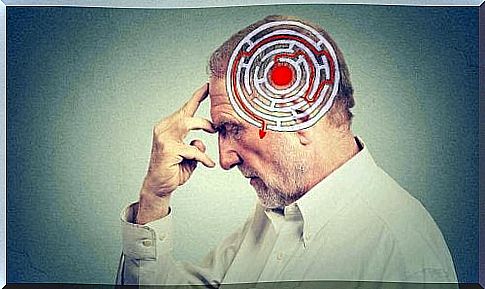
Clock test to assess a deficit of cognitive abilities
This test was first developed and applied in 1953. It sought to validate constructive apraxia (common in dementias) and to identify the extent of lesions in the parietal cortex. Gradually, and seeing its effectiveness, it has become an essential tool for diagnosing the cognitive impairment associated especially with the early stages of Alzheimer’s.
The carrying out of this test, as we have already said, is very simple. However, it must still be guided and analyzed by a qualified psychologist, since on the basis of the clock test it is possible to identify different disorders, deficits or brain injuries. It should also be noted that there are up to 15 different ways of assessing this evidence .
How is the clock test applied?
Generally the professional can opt to manage the test in two ways:
- Drawing of the clock with instructions. In this case, a blank sheet is given to the patient to draw a clock that points 11:10. It is important that the sphere contains the correct arrangement of each hour.
- In the other case, you can also ask the person to copy the model of a watch already drawn. The copy must be identical: numbers, sphere size, hands …
- When the patient finishes the test, he is asked if he has finished and if he thinks he has done it well.
It is very likely that now you are wondering why you choose to have the clock precisely 11 and 10. This time requires the involvement of 2 visual-attentive half fields. It also requires the person to listen to the instruction, to understand it, to remember how the clocks are made, how each time zone is made up, and to plan properly where each hand remains.
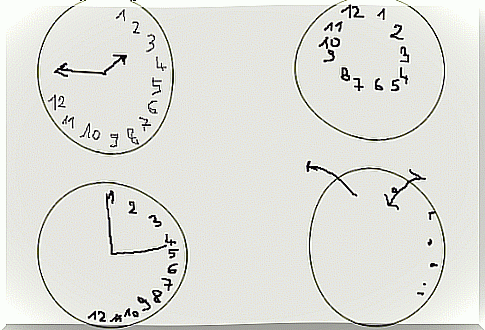
How do you evaluate the clock test?
As we said earlier, there are many ways to evaluate this evidence. Usually we observe the sphere, the order of placement of the numbers, the orientation, if they are inside or outside the sphere, if they are only on one side or if there is an excess of numbering. In the case of patients with schizophrenic disorders, for example, it is common for an almost millimeter obsession to mark every minute in the sphere, which makes the drawing a bizarre, heterogeneous and almost intelligible composition.
The case of a patient
Maria is 80 years old and goes for the first time in the company of her children to a psychologist. “I forget things,” she laughs, as her family nods with a worried expression. The professional, after having collected some data and having had a conversation with Maria to make her relax and get to know her a little better, asks her to design a clock that marks a precise time: 11: 0. The result is what we see below.
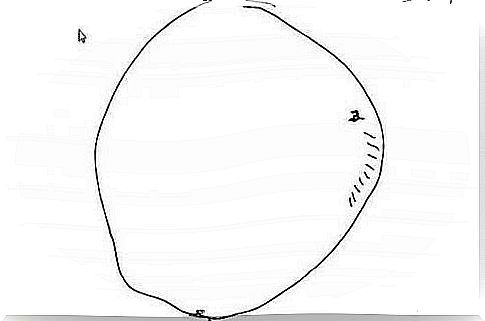
Maria’s cognitive impairment is evident. This test will not be the only one the patient will undergo; the diagnosis of Alzheimer’s disease will be confirmed (or not) with other neuropsychological strategies. However, the clock test is a starting point and offers reliable and revealing information.
It should be remembered that, in recent years, this test is becoming more and more refined. You even have a pen designed by the Massachusetts Institute of Technology (MIT) that records the person’s pulse, accuracy, interruptions, jitter, and other irregularities.
Thanks to this technology, thousands of parameters can be extracted. However, the most interesting aspect is that it is possible to make very early diagnoses of Alzheimer’s or Parkinson’s disease. Early detection would offer us the opportunity to develop better strategies, to apply adequate treatments with which to offer complete and integral care to the patient and a better quality of life to slow the course of the disease. The clock test will continue to be one of the best tools for detecting these types of diseases.




